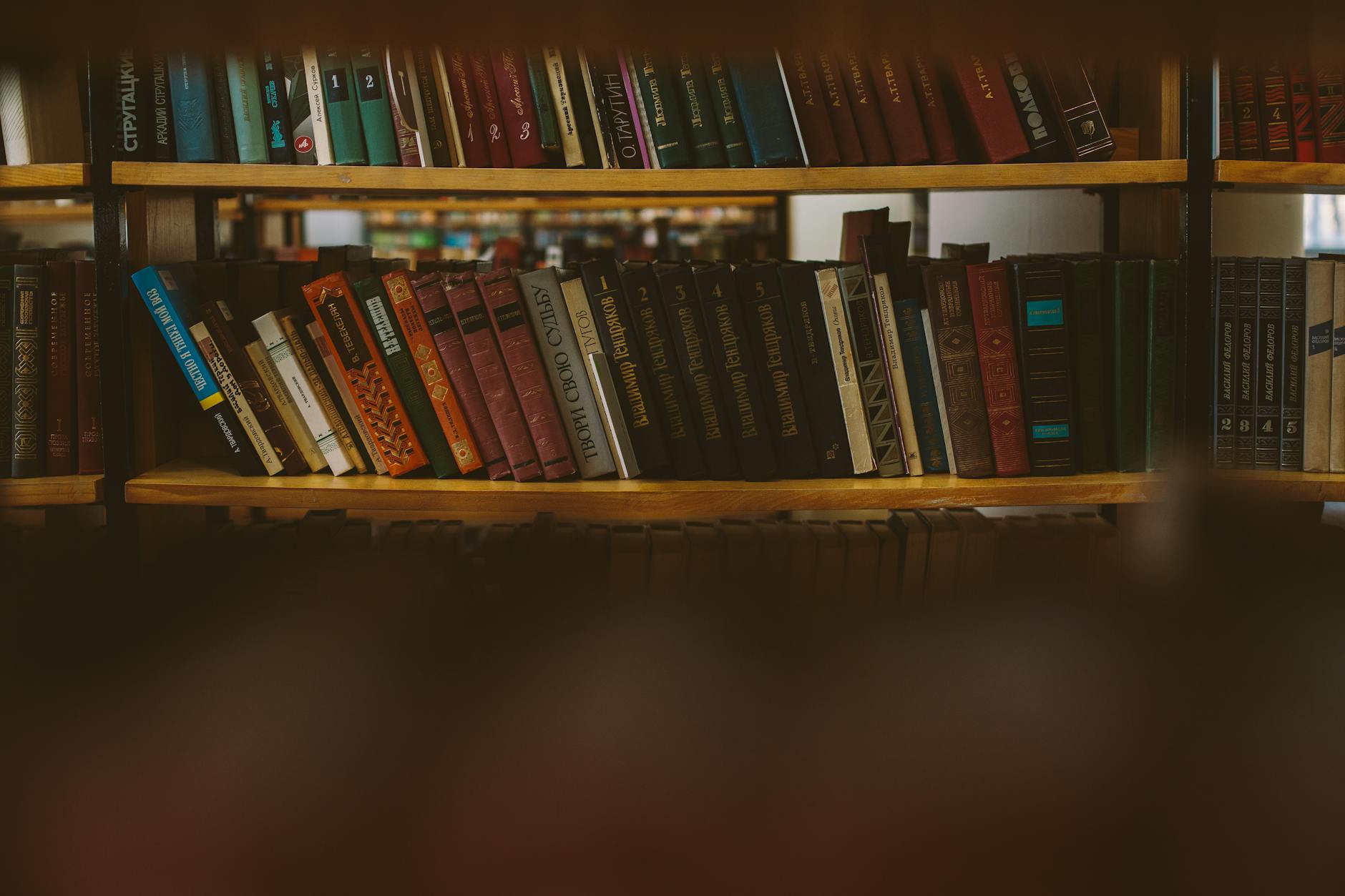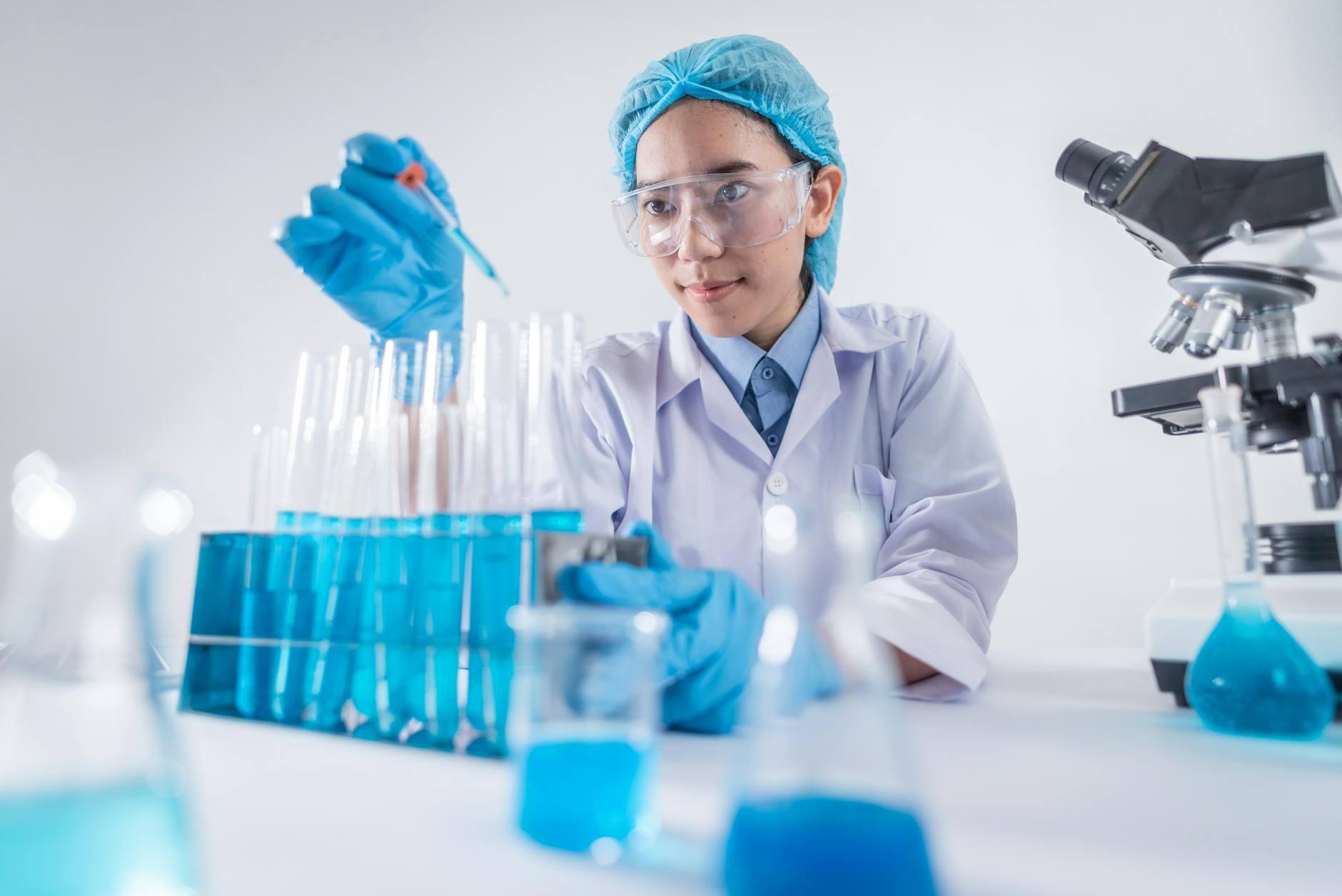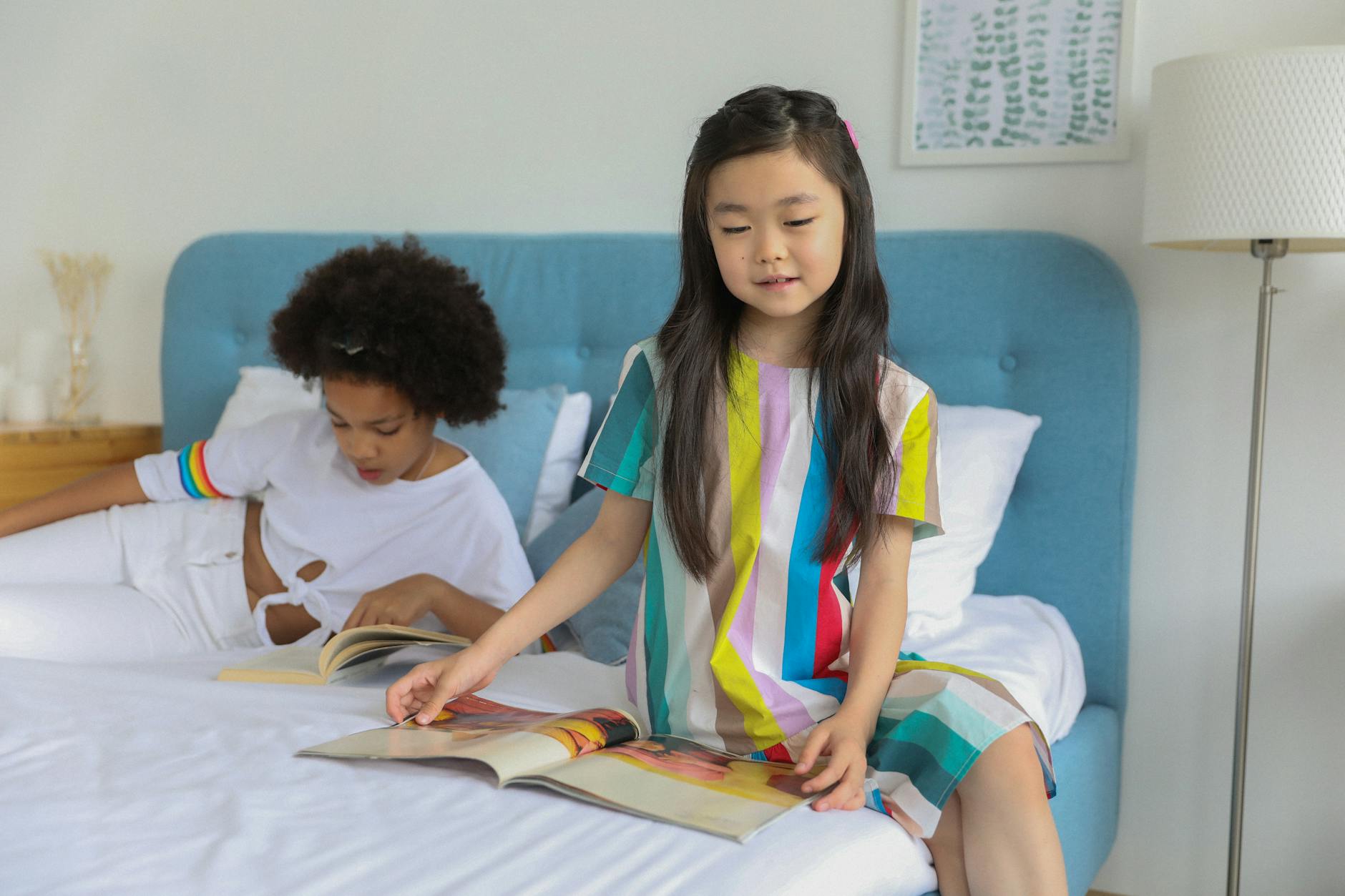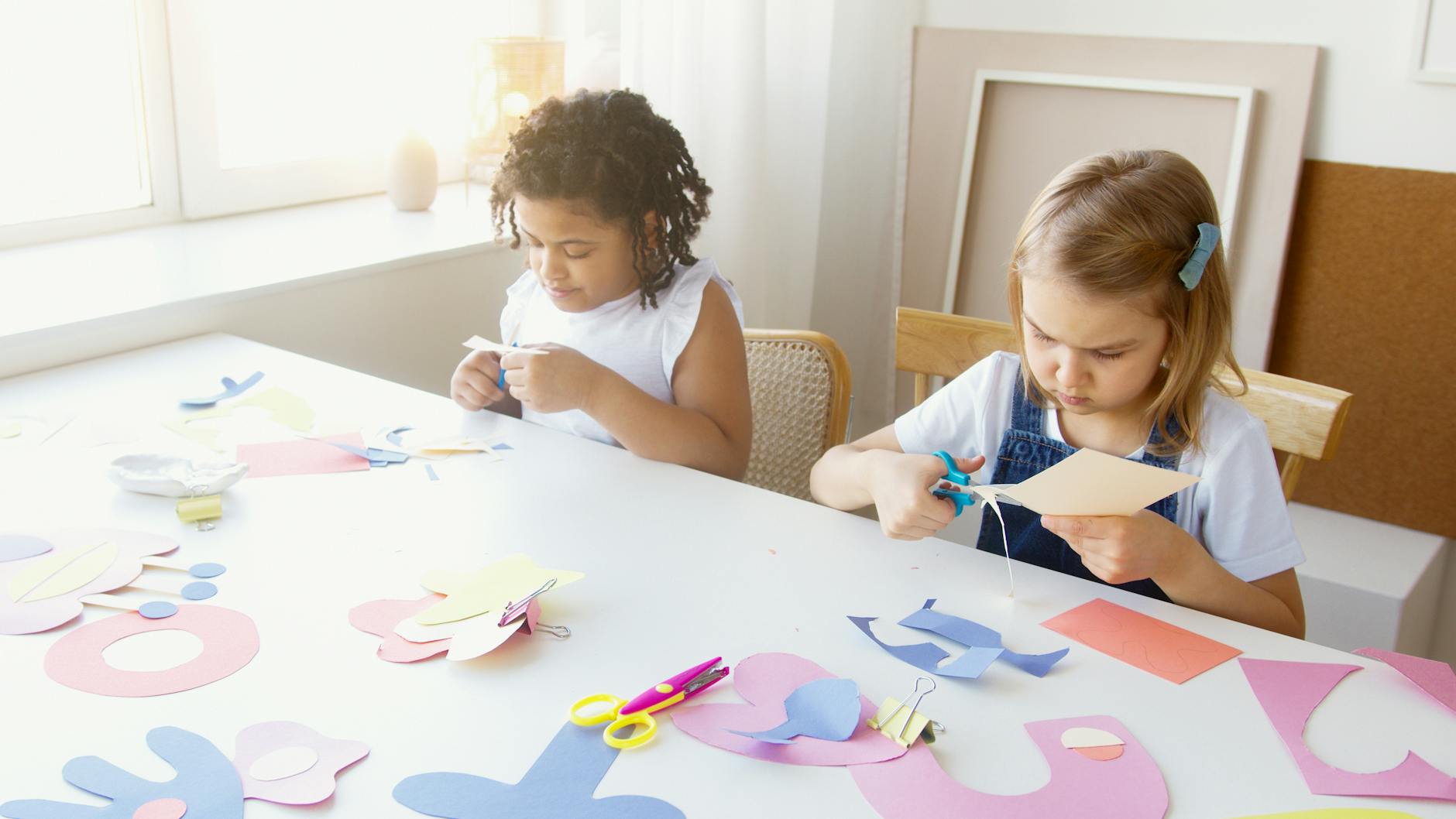Why Understanding the Past Through Experiences Is Gaining Popularity in the United Kingdom

The Rise of Experiential Learning
As we've explored the winding corridors of the National Museum of Scotland, it becomes apparent that learning through experiences offers more than just facts. This form of education allows us to physically and emotionally connect with history, often providing more insight than traditional methods. But what's fuelling this rise in experiential learning, particularly in history? Let's delve into this fascinating trend.
Shifting Cultural Trends
The current cultural landscape reflects a noteworthy shift towards practical engagement rather than passive observation. More individuals now seek out experience gifts like immersive history tours over conventional souvenirs. This change is partly due to a collective desire for meaningful and memorable activities that enrich our understanding of the world.
Demand for Interactive History
The popularity of historical reenactments and interactive exhibits highlights the demand for interactive history experiences. People want to feel the fabric of history, much like one might touch the ancient stones of the University of Edinburgh's Old College. The tactile element of such encounters allows for a deeper grasp of historical narratives, making them more relatable and vivid.
Influence of Technology
Technology, too, plays an instrumental role in this experiential shift. From the augmented reality apps at iconic sites like the Royal Mile to online forums that share personal visits, digital innovation enhances our connection to historical events. This creates an engaging platform for learning, capturing interest through novel and interactive methods.
In sum, the transformation of learning methods indicates a clear preference for discovery through active engagement, offering a richer, more vivid understanding of history.
Popular Experiences in the UK
Historical Reenactments
As we traverse the winding alleys of Edinburgh’s Royal Mile, it’s not difficult to imagine how history truly comes alive in the UK through historical reenactments. These events, often staged in the heart of historic towns, provide a vivid tableau of the past. A quintessential example is the Battle of Bannockburn experience, where participants don the garb of 14th-century warriors and immerse themselves in the sights and sounds of medieval Scotland. Such reenactments are more than mere performances; they offer an engaging way to experience history first-hand and understand the narratives that shaped our world.
Living History Museums
Next on our exploration of experiential learning techniques are living history museums. These centres of learning transcend the traditional museum experience by allowing visitors to interact with costumed historians and participate in daily activities from bygone eras. Take the National Museum of Scotland as a prime example. Their dynamic exhibits invite participation, providing insights into Scotland's rich historical tapestry. Visitors engage not only by observing but also by contributing to the recreation of historical events, thereby deepening their understanding through practical involvement.
Virtual Reality Tours
For those who prefer the digital realm, virtual reality tours offer a fascinating gateway to the past. These experiences combine cutting-edge technology with historical narratives, allowing individuals to explore historical events and locations from the comfort of their own homes. Whether it's walking the halls of the University of Edinburgh's Old College in its 18th-century splendour or wandering through a reconstructed Shakespearean theatre, virtual reality tours offer an innovative way to delve into history's depths. Here, the use of experience gift cards UK provides a unique opportunity to gift these remarkable experiences, offering recipients the chance to explore history in a profoundly interactive way.
Benefits of Experiential History
Deeper Engagement
Engaging with history through hands-on activities offers a level of understanding not achievable by textbooks alone. These experiences transport participants to bygone eras, allowing them to wield the tools, don the garb, or perform tasks that define different periods. For example, when participating in group cooking classes, individuals not only master culinary skills but also learn about historical food practices and cultural influences. Such tactile connections imbue a sense of reality to the narratives of the past, providing a comprehensive view not unlike observing artefacts at the National Museum of Scotland.
Enhanced Learning
Consider how the University of Edinburgh's Old College, steeped in history, can become an immersive classroom. When learners actively engage through reenactments or role-playing, cognitive retention significantly improves. Participating in historical experiences paints vivid pictures in one’s memory, linking past events with personal emotions and actions. This method results in a memorable imprint, much stronger than traditional lectures or passive learning methods.
Social Interaction Opportunities
Experiential history provides fertile ground for social connections. Activities such as these foster collaboration, encouraging participants to work together toward common goals. Social bonds are strengthened as participants attend these experiences, mirroring histories where group efforts were essential for survival or success. Think of the Royal Mile's lively gatherings; such settings offer meaningful interaction, countering modern individualism, and allowing participants, even those who are naturally introverted, to feel more connected.
Conclusion: Reflecting on Experiential Learning
Embracing the Tangible Past
Just as the cobblestones of the Royal Mile whisper tales of centuries past, so too does experiential learning invite us to tread paths walked by historical figures and ordinary folk alike. As students at the University of Edinburgh's Old College will attest, the shift from passive absorption to active participation transforms the abstraction of history into a vibrant, living narrative. This approach, akin to the storytelling seen at the National Museum of Scotland, enhances comprehension by placing you not merely as observers of the past but as participants within it. When engaging in historical reenactments or virtual reality tours, the act of experiencing becomes just as crucial as the act of learning, intertwining with the very fabric of history.
Cultivating Curiosity and Community
Experiential learning presents not only an intellectual pursuit but also a communal one. It creates opportunities for social interactions, as learners gather to share insights and reflections, much like the impassioned debates that echo through the lecture halls of old. Introverted students need not shy away; these experiences can be tailored to provide solace in solitude or camaraderie in conversation. Indeed, navigating the realm of learning history in Britain is as diverse as it is rich, with every experience authored uniquely by one's curiosity.
In embracing this holistic approach, one can weave through the annals of time and emerge with a deeper appreciation for the lessons history imparts. Whether through the innovative application of technology to bring history to one's doorstep or through the evocative scenes recreated in living museums, the journey is both educational and transformative. As we explore these innovative pathways, we engage with history on a profound level, enhancing our understanding and appreciation of the stories that shape our world today.


